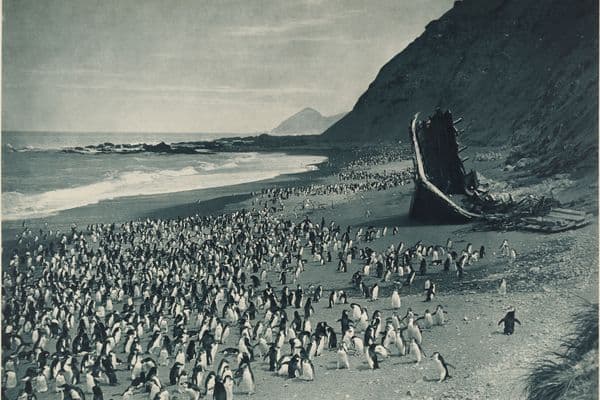From little things big things grow
12 Jun – 19 Sep 2004

Mervyn Bishop, Prime Minister Gough Whitlam pours soil into hand of traditional landowner Vincent Lingiari, Northern Territory , 1975, purchased 1994 © Department of Prime Minister and Cabinet
About
From little things, big things grow:
Gather round people, I'll tell you a story
Showcasing the work of more than 25 Aboriginal and Torres Strait Islander artists from around the country, with a number of recent acquisitions, From little things, big things grow assesses the ongoing cultural exchange between Indigenous and non-Indigenous people throughout diverse regions in Australia—including the central Australian desert, rural agricultural regions, the south-west and far north Western Australia. Comprising paintings, works on paper, photography and three-dimensional objects, the exhibition will also explore the personal recollections of several artists that express connection to their country, and ongoing adaptations made following colonisation.
Indigenous people have held a connection to their traditional lands since time immemorial. They have always worked with the land in a diversity of ways, pre- and post-contact with non-Indigenous people. This symbiotic, adaptive and multi-faceted relationship is the focus of the exhibition. Indigenous people have made an enormous contribution to the pastoral and agricultural industries over the last two centuries. Their roles in this rapidly changing period precipitated the fight for Indigenous land rights, which is a key feature of the exhibition.
The exhibition title references the song written by Indigenous musician Kev Carmody and renowned Australian musician Paul Kelly, which recounts the 1966 Gurindji Walkoff, a strike commenced by the traditional custodians of Daguragu/Wave Hill in the Northern Territory that lasted for eight years.
What began as a fight for equal working conditions evolved into the much larger fight for Aboriginal land rights, which took on national momentum. Recognition of Aboriginal land rights is documented in Mervyn Bishop's photograph of Prime Minister Gough Whitlam pouring soil into the hand of traditional landowner Vincent Lingiari, Northern Territory 1975.
Ironically, when the lengthy fight for equal pay was won and some access to traditional country was granted, many station managers laid off Indigenous workers, effectively preventing ongoing cultural management and right of entry to country.
This exhibition for the Children's Gallery features drawings of Indigenous creation stories, bush toys, carved animals and whimsical works such as those that emphasise innovative uses of found objects. The wide range of works captivates children, while teaching them of Indigenous perspectives of land usage, the shared history of many Aboriginal and non-Aboriginal people, and the importance of storytelling in Indigenous culture.
Stephen Gilchrist and Brenda L Croft, 2004
Aboriginal and Torres Strait Islander Art










